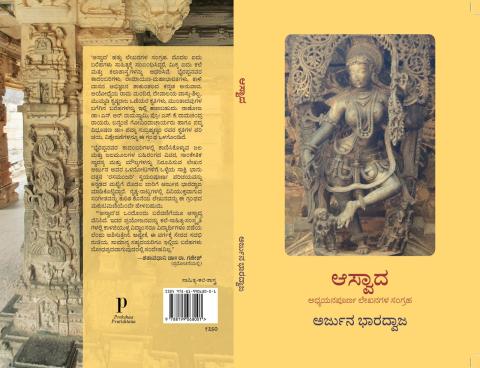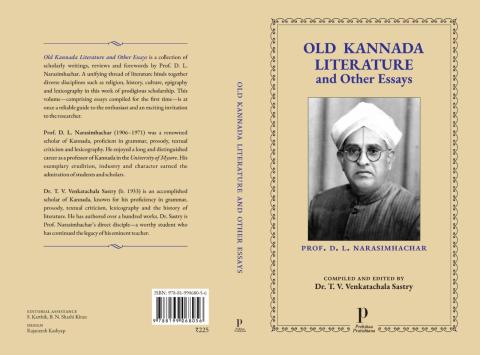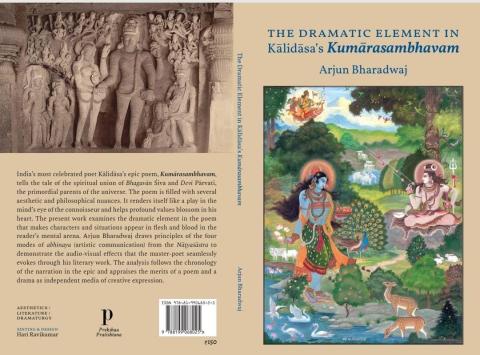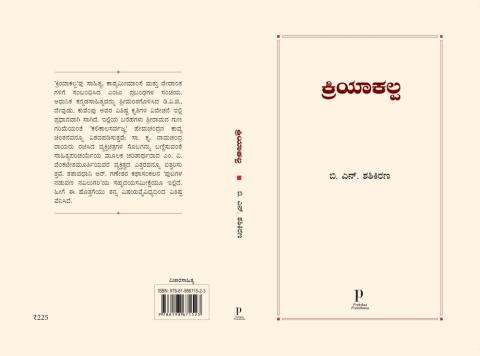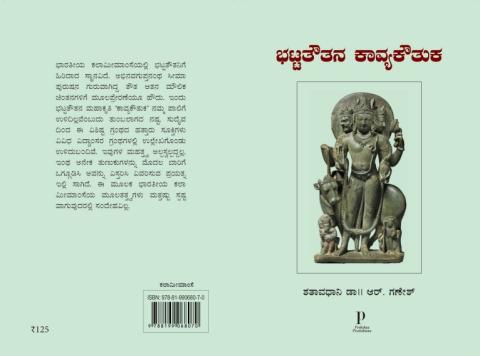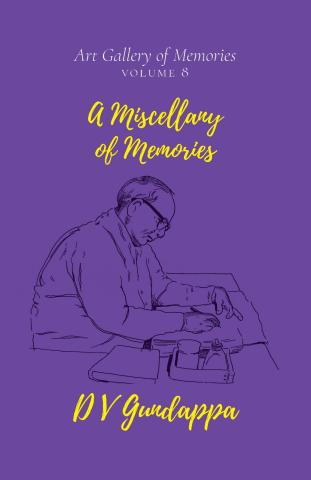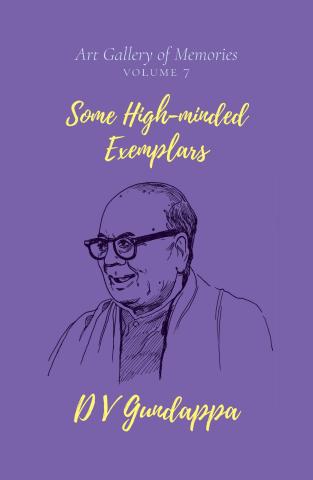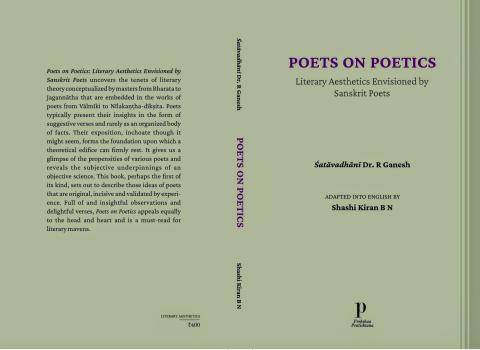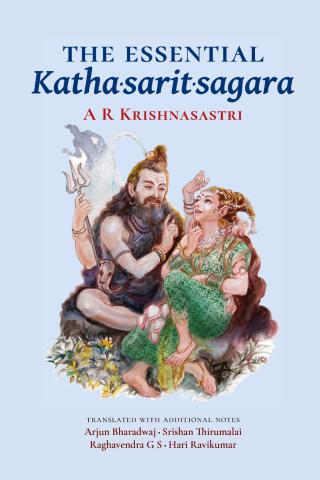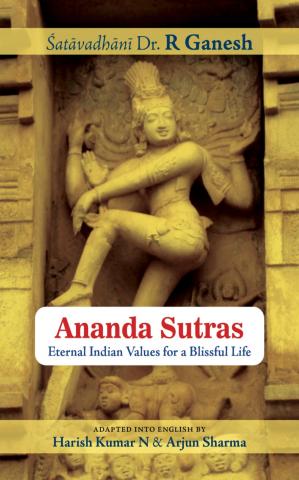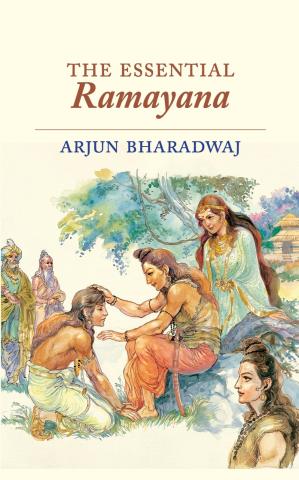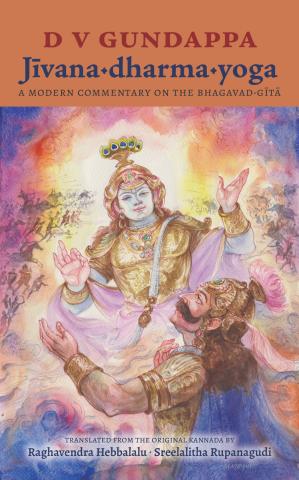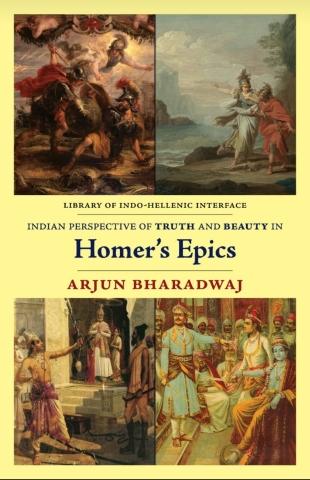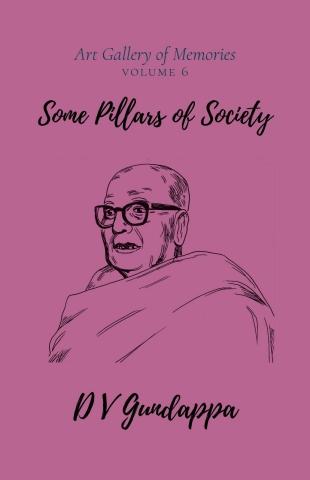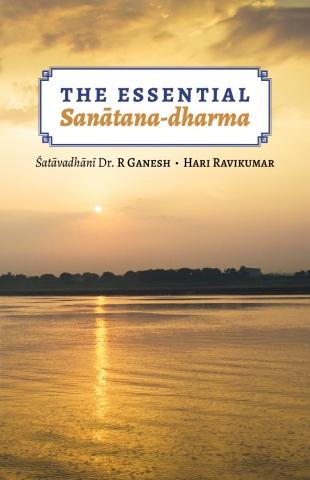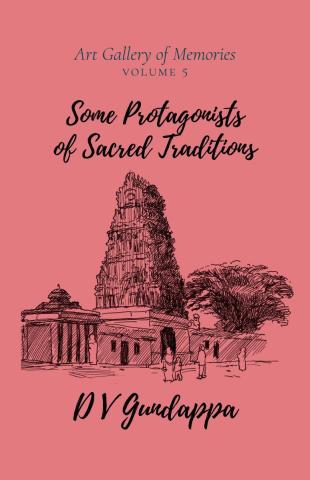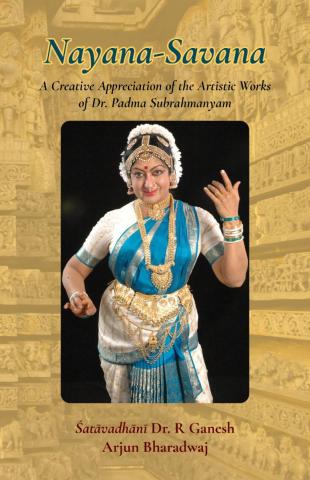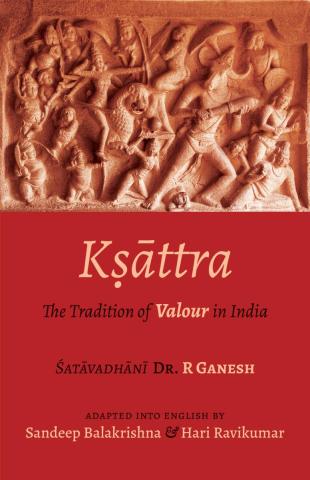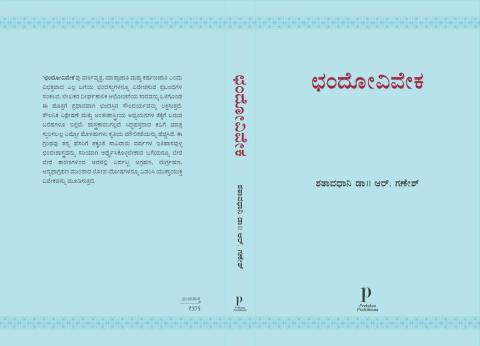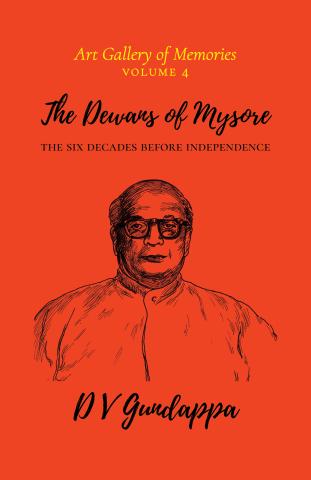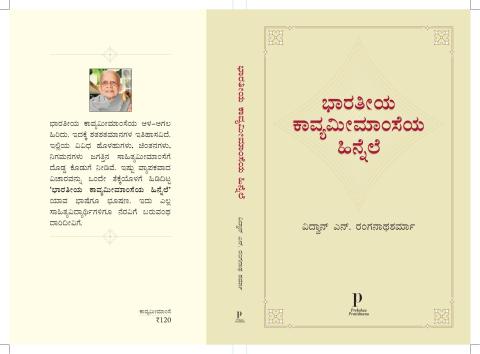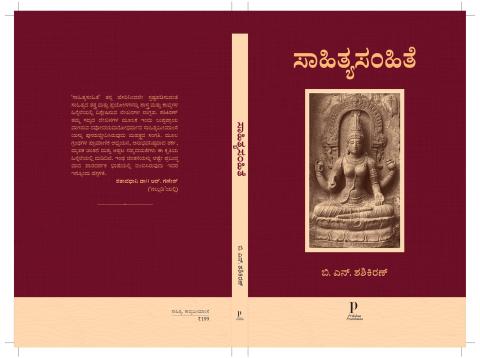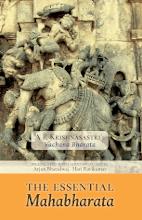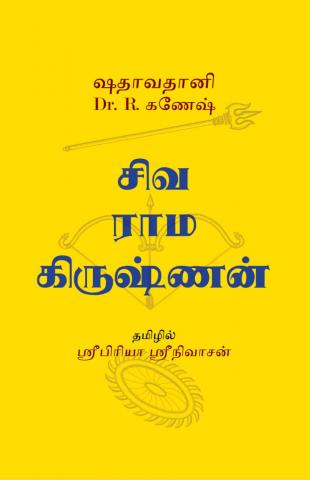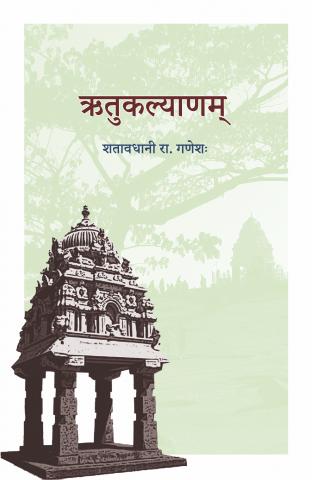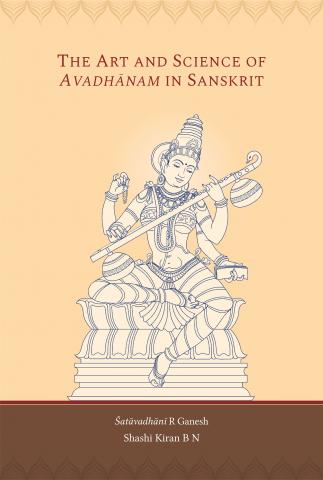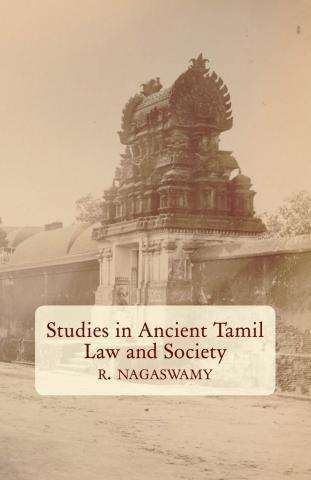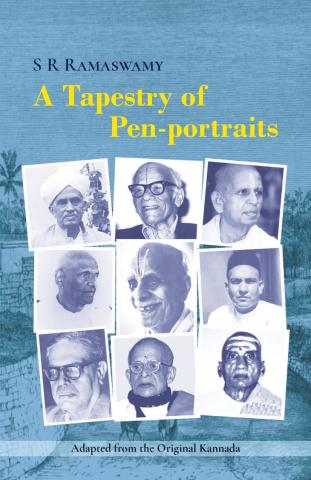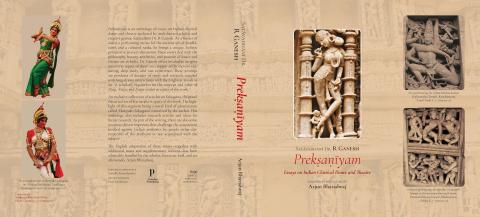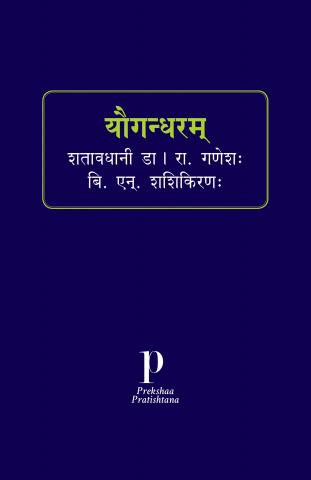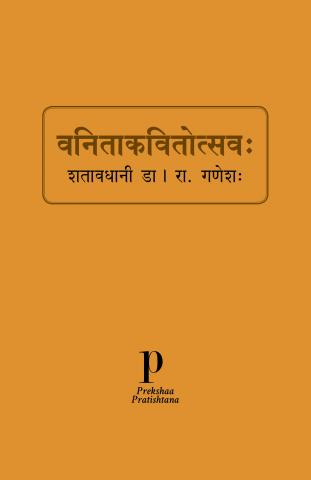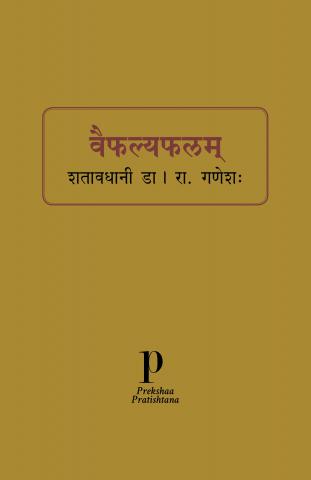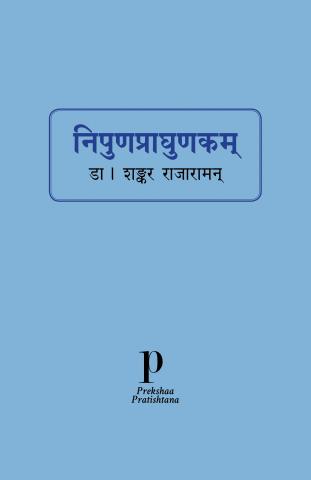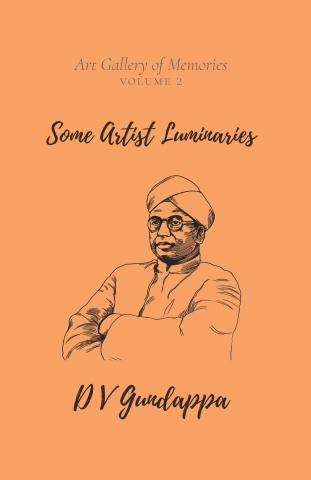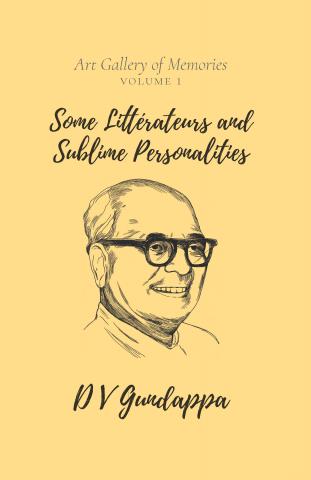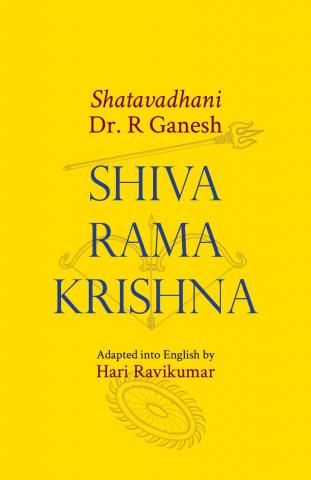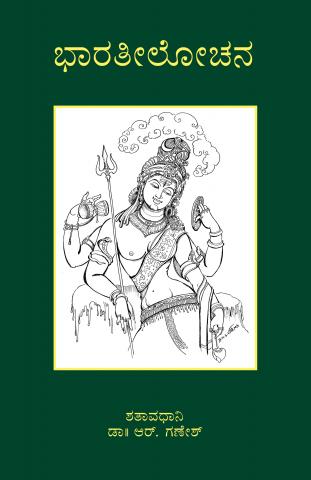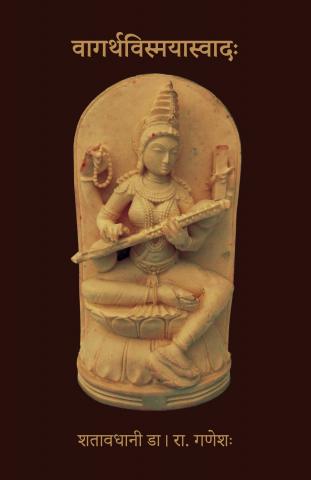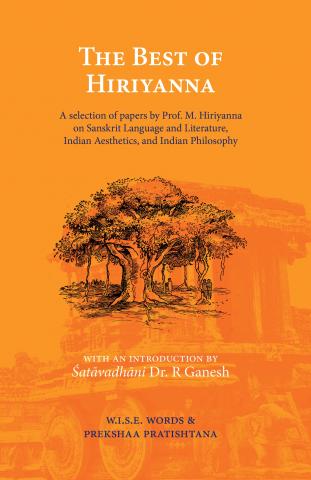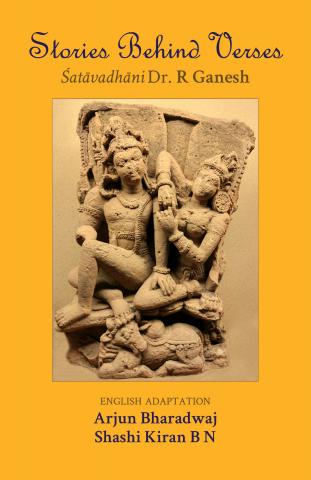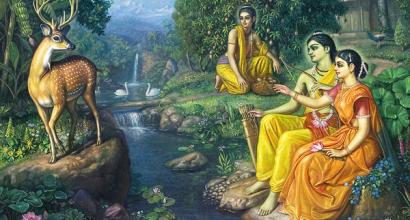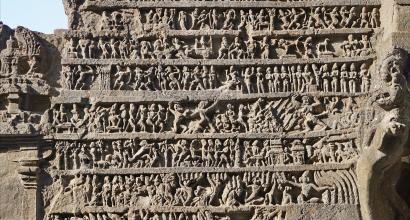The playwright has constructed the plot and stitched together incidents to align with the fundamental philosophy of the story and the nature of its characters. The story begins and ends in a tapovana. Only in the middle of the story, we come across a city, which, Kālidāsa calls sukha-saṅgī.
“The first act captures the vagaries of the human mind as well as its peaks of brilliance. The main characters in the first act are the ṛṣi-kanyā who is in the prime of her youth, her maidens who are excited and curious, and the king, who has fallen in love even as he hides behind foliage; along with them are the freshly blossomed vana-jyotsnā and the fragrance-intoxicated bee. They are pictured in a private spot in the āśrama and they together paint a unique scene filled with beauty and love. Duṣyanta’s beloved, however, gets humiliated later in the story and is removed from this heavenly joy. However, the divine tapovana, where Bharata’s mother was hosted is different from the earlier one, i.e., Kaṇva’s āśrama; we don’t find tāpasa-kanyās watering plans there; they were not bathing a sister-creeper there nor is there a scene where a young fawn, which is as good as an adopted child, was protected from thorny bushes. It was as though a young lad had assumed the overlordship of all the flora and fauna there – he had subdued their natural fickleness; he occupies all parts of the forest. No one even notices if there are flesh blossoms on the sweet mango tree or if the nava-mallikā displays bunches of flowers; the tāpasī-mātās are worried for their beloved lad. In the first act, even before Duṣyanta got introduced to Śakuntalā, he had grown softened and was humbled because of her youthful charm and radiance. In the last act, Śakuntalā’s son appears as the fulfilment of all her bodily charm and melts Duṣyanta’s heart. At this moment, Śakuntalā enters the scene – she is covered with dust and has lost her splendour because of the observance of rigid austerities. Isn’t it rather natural that she would be blessed with endless fortunes as a reward for her extensive austerities? Thanks to the long vrata that she has observed, any semblance of ‘impurity’ would have been cleansed; she is adorned with the gem of a child and is now endowed with divine charm; she is a mother – can anyone even think of doing away with her?”[1]
Durvāsa’s curse plays an important role not just in the change of the trajectory of the life of the important characters, but also in the development of the plot. If this element were absent, the play would have been reduced to only five acts. Therefore, the important place accorded to ‘abhijñāna’ – the object of recognition in the play; the abhijñāna works as an antidote to the curse and finds its way to the title of the place. The plot grows well, thanks to the curse, the ring, the bee, the putra-piṇḍa-pālana-vrata, the wild elephant, and the episode connected with the fisherman as well as the appearance of Menakā and Mātali; these elements add beauty and bolster the story. In addition to these, the poet has displayed great skill in scripting the primary storyline and its progress. When we examine this, we get to see the similarities and contrasts between a purāṇic story and a play. We may demonstrate this with two examples – both are connected with the coming together of the nāyaka and the nāyikā. In the play, we see Duṣyanta chasing after a deer and ṛṣis stopping him from shooting an arrow; he abides by their request and refrains from shooting; the sages are pleased and bless him; they tell him that the sage Kaṇva’s āśrama was close by and request him to visit the place to receive their hospitality; they add that they were on their way to collect samit. Though Duṣyanta hears about Śakuntalā from the sages, he does not go there to find her or in a desire to possess her; instead, he heads to the āśrama out of his respect for Sage Kaṇva and because of the request put forth by the vaikhānasas. As he nears the āśrama, he feels his shoulders twitching and then hears the jovial conversation between maidens; after this, he sees the tapasvi-kanyās, who are simply and naturally beautiful. He learns from his conversation with the maidens that Śakuntalā is Kaṇva’s foster daughter and that the sage plans to get her married. Duṣyanta holds his antaḥkaraṇa-pravṛtti as the testimony and goes ahead to discipline the ‘avinaya’ – misbehaviour displayed by the bee. Duṣyanta is offered respectful hospitality and through their conversations, the two develop good acquaintance of each other. The news of the wild elephant running amok proves to be an obstacle to their rendezvous and Duṣyanta’s mind is torn apart; the sages in the āśrama request him to stay around to protect the place; on the other hand, his mother sends for him and Duṣyanta sends his retinue along with vidūṣaka back to the kingdom. This enables him to enjoy the company of Śakuntalā without unnecessary interventions; their feelings for each other grow deeper and they marry taking to the gāndharva path. This union between the two is more natural than that seen in the Mahābhārata. Unlike the epic, Duṣyanta in the play, does not seek to marry Śakuntalā in a hurry.
To be continued ...
The current series of articles is an enlarged adaption of Prof. A. R. Krishnasastri's Kannada treatise Saṃskṛta-nāṭaka. They are presented along with additional information and footnotes by Arjun Bharadwaj
[1] Based on Rabindranath Tagore’s Prācīna-sāhitya; translated into Kannada by Prof. T.S. Venkannayya




